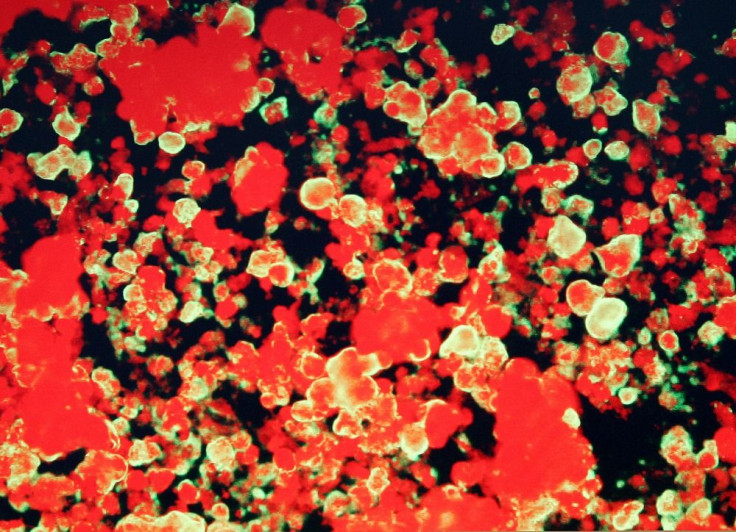Indestructible Virus Holds The Key To Human Infectious Disease Treatment

A virus described by scientists as almost indestructible can soon become a great contribution to medical science. The UVAToday reports that this virus can potentially be developed into genetic therapies for treating infectious diseases.
Finding a way to effectively deliver DNA is important because the human body can easily attack foreign DNA—the common mechanism to fight viral infection. However, the body’s ability to fight off foreign DNA becomes a hindrance for scientists who use genes to treat certain disease. The discovery on the virus’ impenetrable characteristics would then become the solution to that problem, according to Science Daily.
The new study performed by scientists from the University of Virginia involved the discovery of the virus called SIRV2 that infects a tiny organism known as Sulfolobulus islandicus, which live in acidic hot springs that carry temperatures of up to 175 degrees Fahrenheit. The study found the SIRV2 have surprisingly similar characteristics to bacterial spores, in which both organisms can inhabit hostile environments.
“Some of these spores are responsible for very, very horrific diseases that are hard to treat, like anthrax,” Edward Egelman of the Department of Biochemistry and Molecular Genetics said in a press release from the University of Virginia. “Understanding how these bacterial spores work gives us potentially new abilities to destroy them,” he added.
The SIRV2 virus was able to survive hostile conditions because it forces its DNA into a structural state called A-form, which was identified by a pioneer DNA scientist Rosalind Franklin more than 50 years ago. The virus’ basic defence mechanism from heat and UV radiation will lead to different genetic discoveries including developing ways to deliver DNA for gene therapy, Science Daily reports.
The virus discovery by Egelman and his team was made possible through the ultra-sensitive Titan Krios electron microscope. The new telescope in the university helped scientists discover the key to fight the body’s overprotective immune systems and possibly combat serious diseases in humans.
To report problems or leave feedback on this article, email: wendylemeric@gmail.com.





















